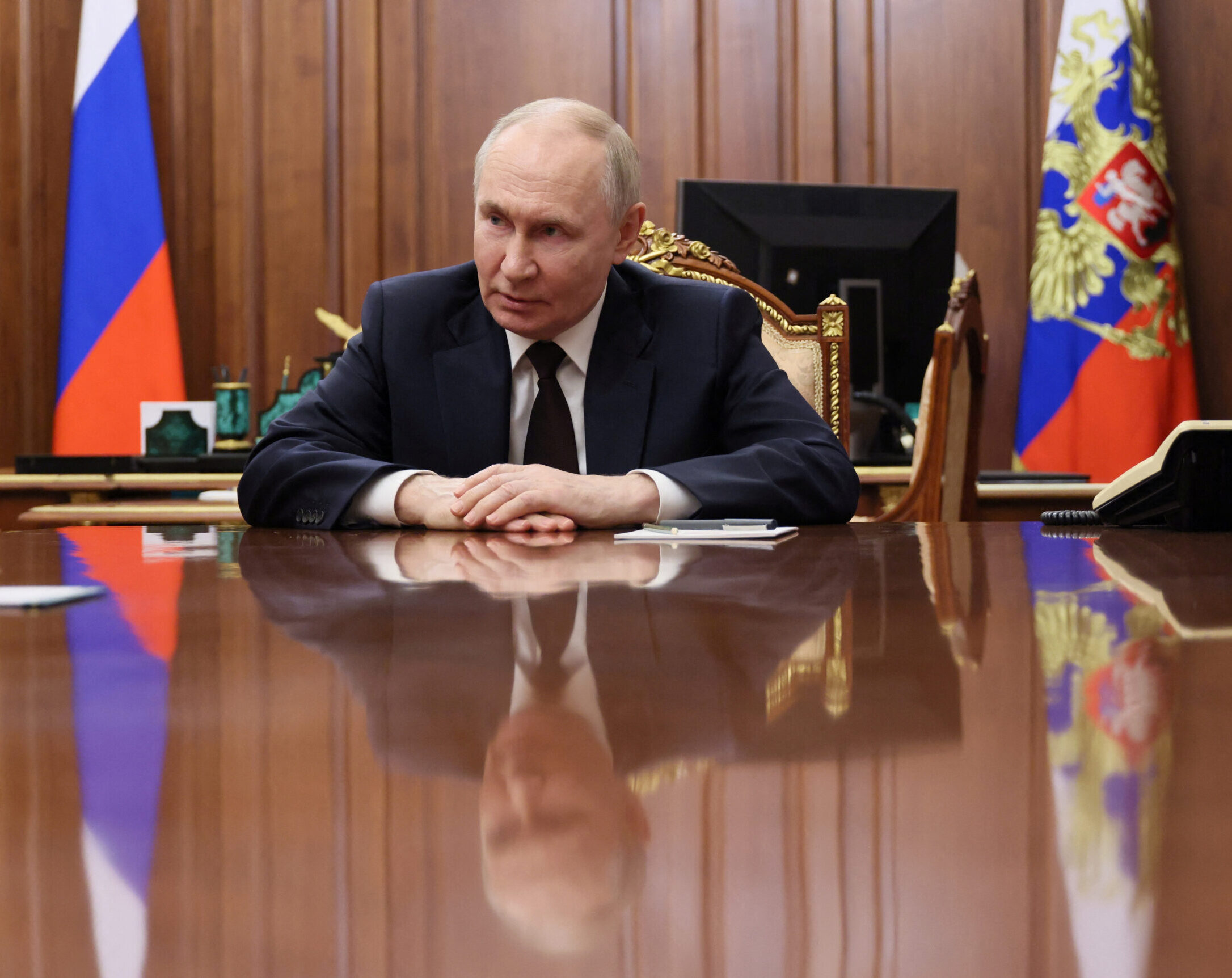Ever since Russia began the full-scale invasion of Ukraine in February 2022, debate has raged over whether Vladimir Putin’s ambitions extend further. Could the Kremlin dictator actually attack NATO? Initially, many were skeptical, but as Russia’s invasion has escalated into the largest European war since World War II, more and more security experts believe that some kind of Russian attack on the NATO alliance is now a realistic possibility.
NATO Secretary-General Mark Rutte recently stated that Russia could mount a military operation against a NATO member state within the next five years. Numerous intelligence services and military officials within the alliance concur. This Russian threat to NATO is helping to spur the largest European rearmament drive since the end of the Cold War. However, increased defense spending alone will not solve Europe’s Putin problem. NATO members must also convince the Kremlin that they have the political will to defend themselves, while urgently updating their military doctrines to reflect the drone-dominated realities of modern warfare.
Those who question Russia’s ability to attack NATO typically point to the underwhelming performance of the Russian army in Ukraine. They note that the current invasion has exposed the limitations of Putin’s war machine and argue that Russia would have no chance in any direct confrontation with the far more formidable forces of the NATO alliance. This is true enough, but it assumes that Russia’s only option is to launch a conventional war against NATO. In reality, a future Russian attack would be far more likely to employ hybrid warfare tactics or rely on the Kremlin’s rapidly evolving drone warfare capabilities.
One possible scenario would involve a limited Russian cross-border incursion into the Baltics under the pretext of protecting the ethnic Russian population in countries like Estonia or Latvia. The strategic calculation behind such a move would be to test NATO’s resolve, betting that the alliance might avoid a direct military confrontation and instead resort to diplomacy. If the alliance chose not to respond militarily, it would seriously undermine the credibility of NATO’s core commitment to collective defense.
This outcome looks all too plausible when considered in the context of Russia’s recent ability to intimidate NATO countries and limit Western military support for Ukraine. The West’s excessive caution since 2022 has already emboldened Putin, encouraging him to escalate the invasion of Ukraine and expand his territorial demands. Crucially, this Western weakness may also have convinced Putin that Russia’s enemies lack the requisite resolve for a direct military confrontation and will always ultimately back down.
Eurasia Center events

Russia’s overwhelming current advantage in drone manufacturing is another key factor that may persuade Putin to move against NATO sooner rather than later. Over the past three years, Russia has built up an extensive domestic drone industry that is now producing thousands of units each month. This is already evident in Ukraine, with nightly bombardments involving more than 500 drones becoming a routine feature of the war. Russian drones are also undergoing constant technological upgrades to become deadlier and more difficult to intercept.
In contrast, NATO nations lag far behind. Drone production across the alliance remains fragmented. Meanwhile, the drones that are available are often outdated and poorly integrated into broader military structures. Unlike Ukraine and Russia, no European army has established a dedicated unmanned aerial force component. Instead, major NATO exercises still tend to treat drones as tactical novelties rather than the decisive weapons of the modern battlefield. While the rapid rise of drone warfare is no secret, it would certainly seem that many NATO commanders have not yet fully digested the lessons of the Russia-Ukraine War.
The situation in terms of missile production is similar. While Western output is still extremely modest, Russia is now able to produce hundreds of ballistic and cruise missiles every month. Increasingly, Russian rockets feature new modifications that allow them to evade Western air defense technologies such as the Patriot system. These dramatic advances in Russia’s drone and missile arsenal give the Kremlin a significant edge over NATO that Moscow may wish to exploit before the gap closes.
Putin is also likely to view the current geopolitical climate as being exceptionally favorable for Russia. US President Donald Trump has raised serious questions over his readiness to defend America’s NATO allies. Other members of the alliance are cranking up defense spending, but the process still lacks a sense of urgency. While Baltic and Nordic countries are taking important steps like withdrawing from earlier treaties banning the use of anti-personnel mines and digging defensive trench networks close to the Russian border, these efforts are relatively isolated.
A conventional armed conflict between Russia and NATO remains unlikely, but the Kremlin can choose from a range of options that stop short of full-scale war while serving Russian interests. At present, Russia’s objective is not seizing NATO territory but causing the collapse of the alliance. This can be achieved by taking advantage of NATO’s reluctance to risk war with Russia, and by capitalizing on the alliance’s slow response to the growing dominance of drone warfare. The Kremlin can also easily escalate its existing hybrid war against the West including cyber attacks, information offensives, sabotage operations, and targeted assassinations.
By defending itself so effectively against Russia’s invasion, Ukraine has already bought NATO precious time. Looking ahead, the Ukrainian military can play a key role in bolstering European security thanks to the country’s unrivaled experience of modern drone warfare and other military innovations. However, Kyiv cannot instill the necessary political will in European capitals or convince Ukraine’s allies to treat the Russian threat with the seriousness it deserves. That must come from Western leaders themselves.
Elena Davlikanova is a senior fellow with the Center for European Policy Analysis and Sahaidachny Security Center. Yevhenii Malik is a veteran of the Ukrainian Army’s 36th Marine Brigade.
The views expressed in UkraineAlert are solely those of the authors and do not necessarily reflect the views of the , its staff, or its supporters.

The Eurasia Center’s mission is to enhance transatlantic cooperation in promoting stability, democratic values, and prosperity in Eurasia, from Eastern Europe and Turkey in the West to the Caucasus, Russia, and Central Asia in the East.
Image: Russian President Vladimir Putin looks on during a meeting with Andrei Nikitin on his appointment as acting transport minister, in Moscow, Russia. July 7, 2025. (Sputnik/Mikhail Metzel/Pool via REUTERS)








